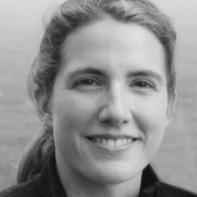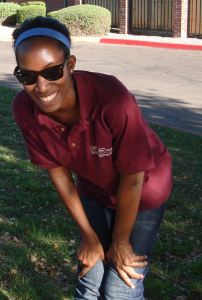Before I tell you about the puppet parade, let me tell you about my past two weeks.
I was stressed, and as I told a friend, “feeling under.” I alternated between 1) accidentally waking an hour before my alarm and then—afraid to waste time—reaching for a stack of papers to grade and 2) sleeping until 8:30 and feeling guilty for it. Each day I needed to accomplish three tasks, but then one of them ate up all my hours until suddenly it was bedtime. I struggled for days to get to the grocery and in the meantime had cereal for dinner. When I finally bought a carton of eggs, I dropped them in the driveway and five cracked.
I know that a month from now, I won’t even remember the frazzle of these two weeks, and I know that other—truly sad—stories have taken place or been written down in the past 14 days.
But yesterday I was concerned with my story. I vented (whined?) to an artist friend over coffee. She, too, had been feeling under. One of the projects that had kept her busy was to paint a puppet. Apparently, while I had been rushing around, a group of artists had recruited dozens of townspeople and together they were recycling old materials into twenty enormous puppets. The next night they’d march them in their own parade.
I was too curious to grade papers, so I left the coffee shop and went to the artists’ studio space. So far they had constructed: a fluorescent orange owl in a dress; a giant red vulture head wearing flowing strips of garbage bags; several six-foot tall “talking” skulls with Christmas ornament eyes and mirror teeth; a gauzy whale; and imaginary animals with VHS tape clothing.
I spoke with one of the leaders as he measured some scraps of wood. He said about 70% of their supplies were leftovers, things other people had trashed. Of course, I thought about writing. A lucky trick writers have is that we can take a crummy, or disappointing, or even heartbreaking real-life experience (or pair of weeks) and use it to make something new. We can—at least in part—redeem it, give it purpose as material for creating. And then some good has come from it.
The project leader went on to say they dumpster-dove for many of their supplies. I asked, “So how do you know what material is valuable when you see it—what’s worth harvesting?”
He said, “Everything is.”
This answer was enough to get me signed up as a volunteer puppeteer for the parade. And so this evening I led a line of fanciful creatures down the main street of our town. I wore a huge praying mantis whose arms and legs moved with mine. Cloth people with balloon hair hopped behind me, the birds flew on poles, the whale swam circles around us, and the metallic lion heads bopped in time with the snare drum.
As we processed through downtown, kids climbed onto their parents’ shoulders to see and college students cheered from their apartment balconies. When people noticed us through coffee shop windows, I waved a mantis hand to them.
I picked up my insect legs, which were made from bamboo shoots and tied to my ankles with old bike inner tubes. In the heavy green body—made from styrofoam swimming pool noodles, PVC pipe, wire tomato cages, and packing cardboard—I shuffled lightly. And my shuffling grew into even sort of a samba step by the time we paraded back to the studio entrance, where the snare drummer played softer and softer as if not wanting to end it, and we all danced in place on the sidewalk, each of us trying to stall before we had to take off our puppet costumes.
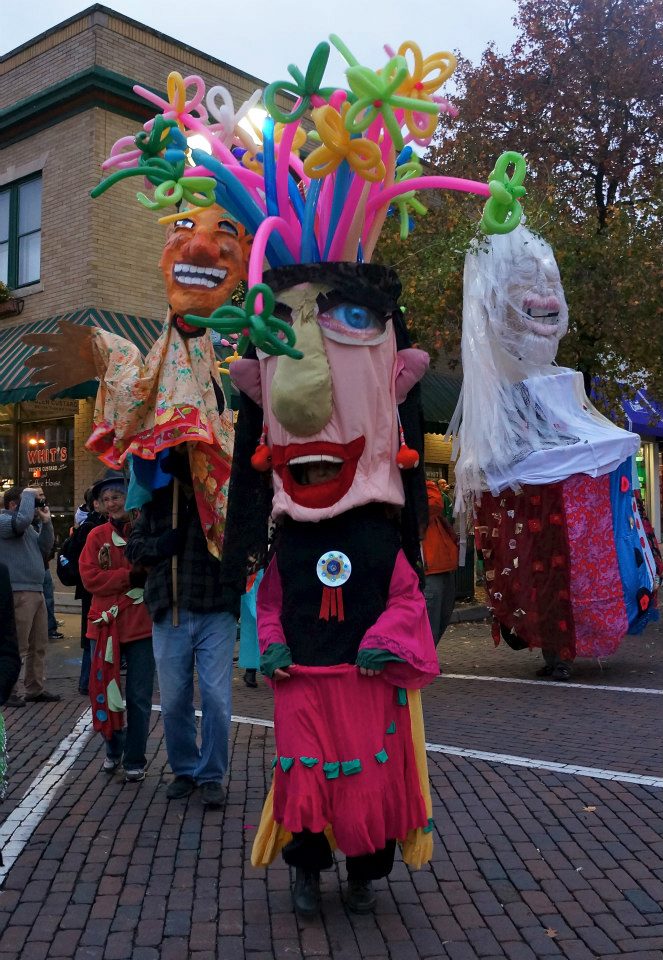
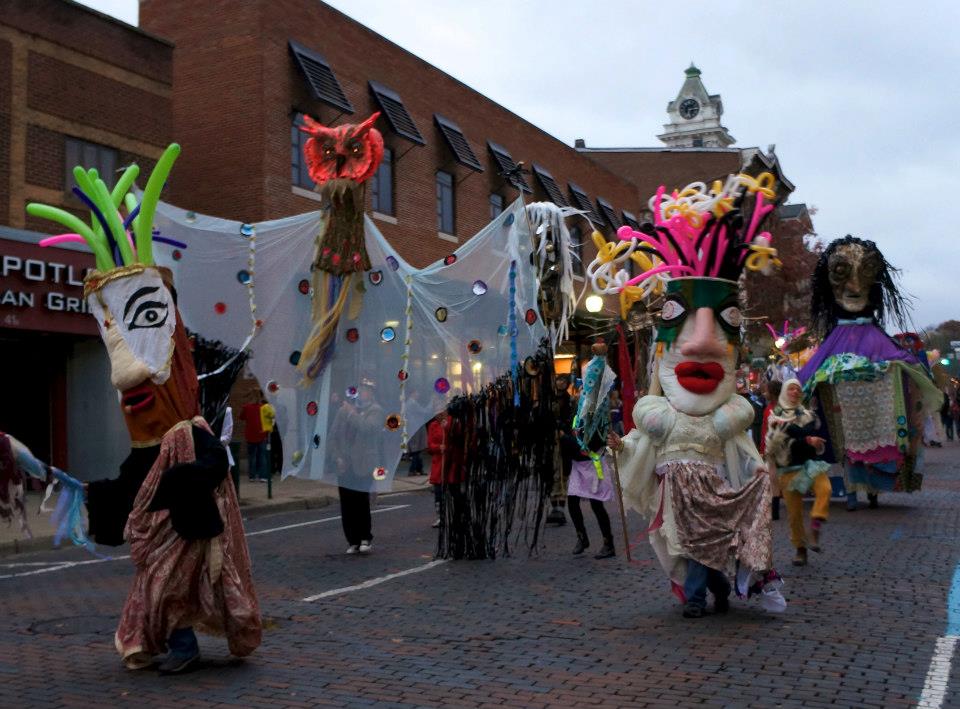
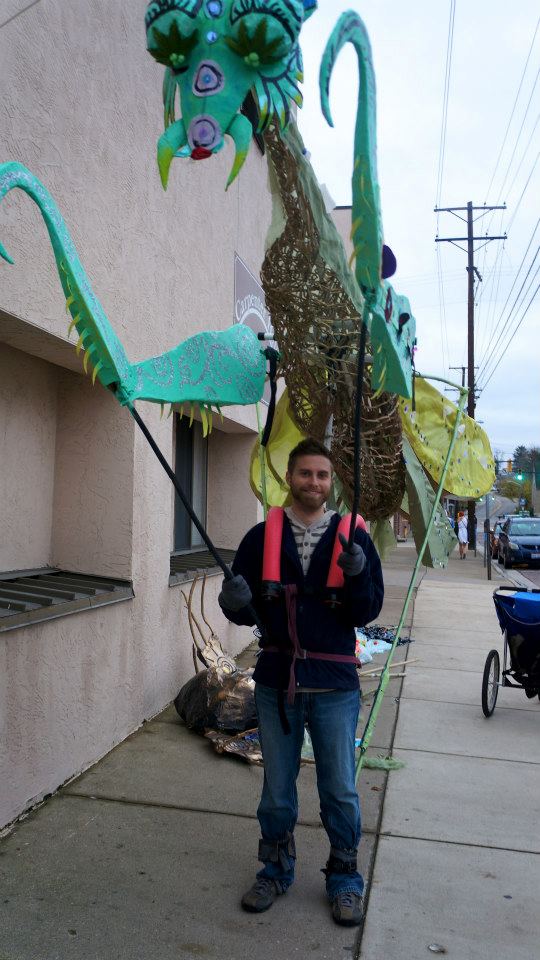
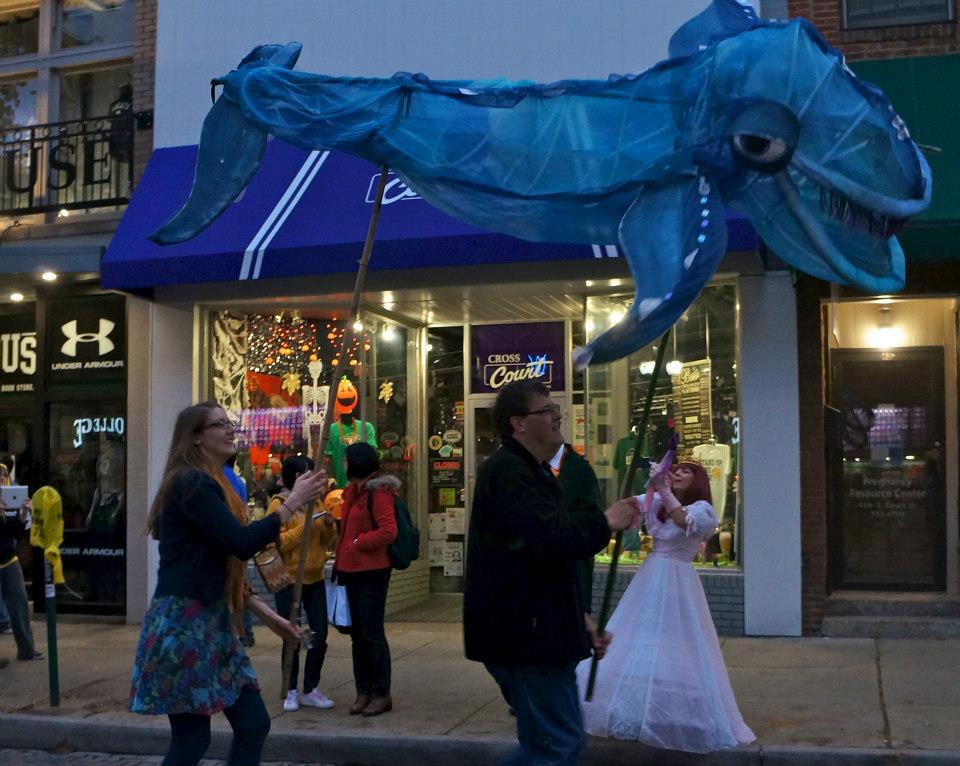
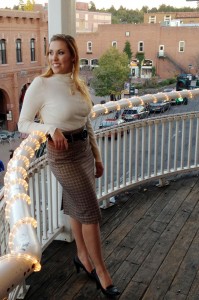
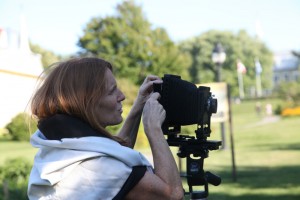
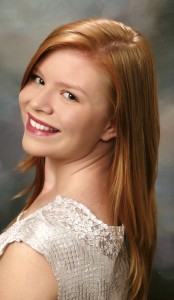 Through her experience with Superstition Review, Carly hopes to gain a firmer sense of an editor’s responsibilities, as well as the skills to fulfill these duties. While she plans to continue writing in many capacities, Carly would also like to help members of the general public to understand the value of written expression and communication, most likely through editorial and teaching positions.
Through her experience with Superstition Review, Carly hopes to gain a firmer sense of an editor’s responsibilities, as well as the skills to fulfill these duties. While she plans to continue writing in many capacities, Carly would also like to help members of the general public to understand the value of written expression and communication, most likely through editorial and teaching positions.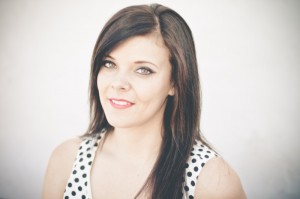
 Harrison owns way too many electronic devices. An avid gamer to the core, Harrison plays World of Warcraft, where his level 85 Holy Paladin protects weaker characters from harm by healing their wounds. His favorite part of these Massively-Multiplayer games is letting the more rude characters die from a lack of healing – his roommates included. Harrison likes to pretend this philosophy does not invade his private life.
Harrison owns way too many electronic devices. An avid gamer to the core, Harrison plays World of Warcraft, where his level 85 Holy Paladin protects weaker characters from harm by healing their wounds. His favorite part of these Massively-Multiplayer games is letting the more rude characters die from a lack of healing – his roommates included. Harrison likes to pretend this philosophy does not invade his private life.